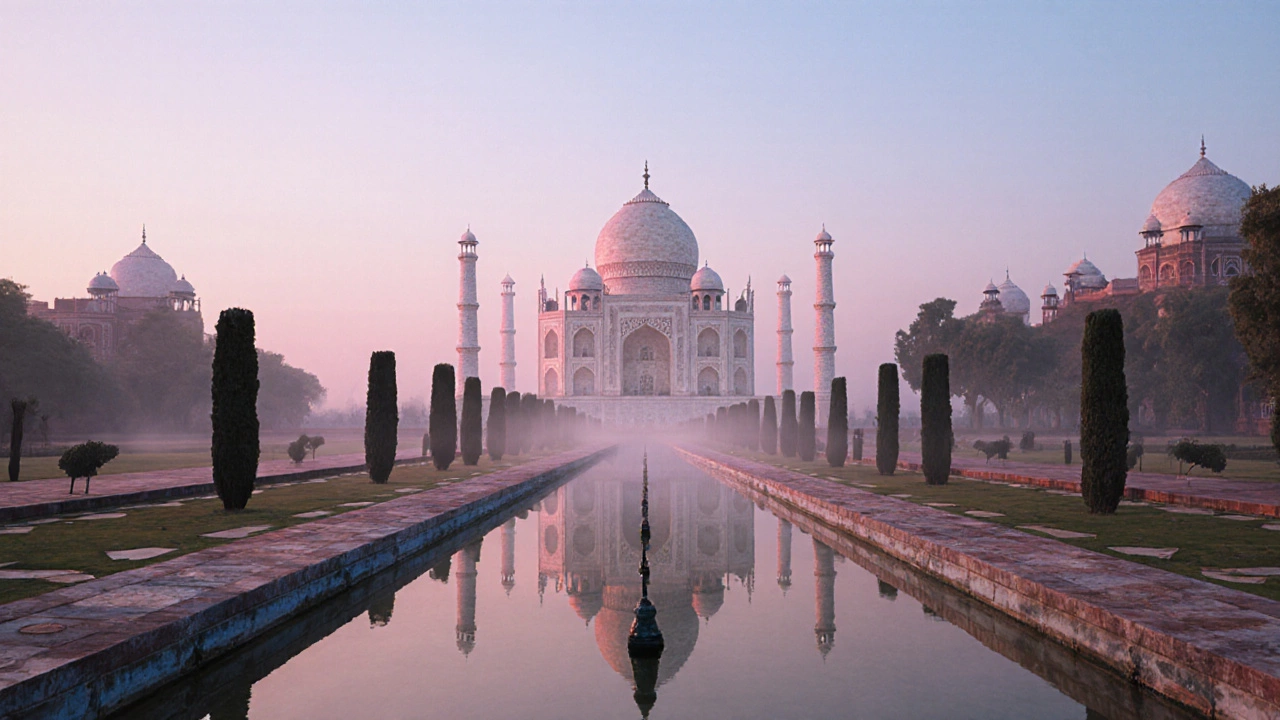Most Beautiful Historical Place in India: Where History Comes Alive
When people ask for the most beautiful historical place in India, a site that blends deep cultural roots with breathtaking design and emotional weight. Also known as India’s top heritage landmark, it’s not just about age—it’s about how it makes you feel standing in front of it. For millions, that place is the Taj Mahal, a white marble mausoleum built by Emperor Shah Jahan for his wife, Mumtaz Mahal, in the 17th century. Also known as the symbol of eternal love, it draws over 7 million visitors a year—not just for its symmetry, but because it feels like poetry carved in stone. But India’s beauty isn’t locked in one monument. The Jaipur heritage, the entire walled city of Jaipur, designated as a UNESCO World Heritage Site for its planned layout, pink sandstone buildings, and living traditions. Also known as the Pink City, it’s not a museum—it’s a place where people still live, trade, and celebrate in the same streets that existed 300 years ago. Then there’s the Agra fort, a red sandstone fortress that once housed Mughal emperors, with hidden courtyards, royal baths, and views of the Taj across the Yamuna River. Also known as the Red Fort of Agra, it’s where history wasn’t just recorded—it was lived, fought over, and loved.
These places aren’t just old buildings. They’re emotional anchors. The Taj Mahal makes you pause. Jaipur makes you wander. Agra Fort makes you imagine. Each one tells a different part of India’s story—power, love, art, survival. And they’re not alone. Places like Hampi’s ruined temples, Khajuraho’s intricate carvings, and the stepwells of Gujarat all carry that same weight. But what makes a place truly beautiful isn’t just its scale or fame—it’s how it connects to you. Is it the way the morning light hits the Taj’s dome? The quiet alleys of Jaipur where a street vendor still sells jalebi the same way his grandfather did? That’s the magic. It’s not in guidebooks. It’s in the silence between footsteps.
If you’ve ever stood in front of a monument and felt something you can’t explain, you already know what this list is about. Below, you’ll find real insights from travelers who’ve walked these paths—not just the highlights, but the quiet moments that stick with you. Whether you’re planning your first trip or your tenth, these posts help you see beyond the postcard and find the soul behind the stone.
- Nov, 1 2025
- 0 Comments
The Taj Mahal stands as India's most beautiful historical place-not just for its marble grandeur, but for the deep love story behind it. A masterpiece of emotion, symmetry, and craftsmanship, it draws millions each year to witness its quiet, timeless beauty.
More